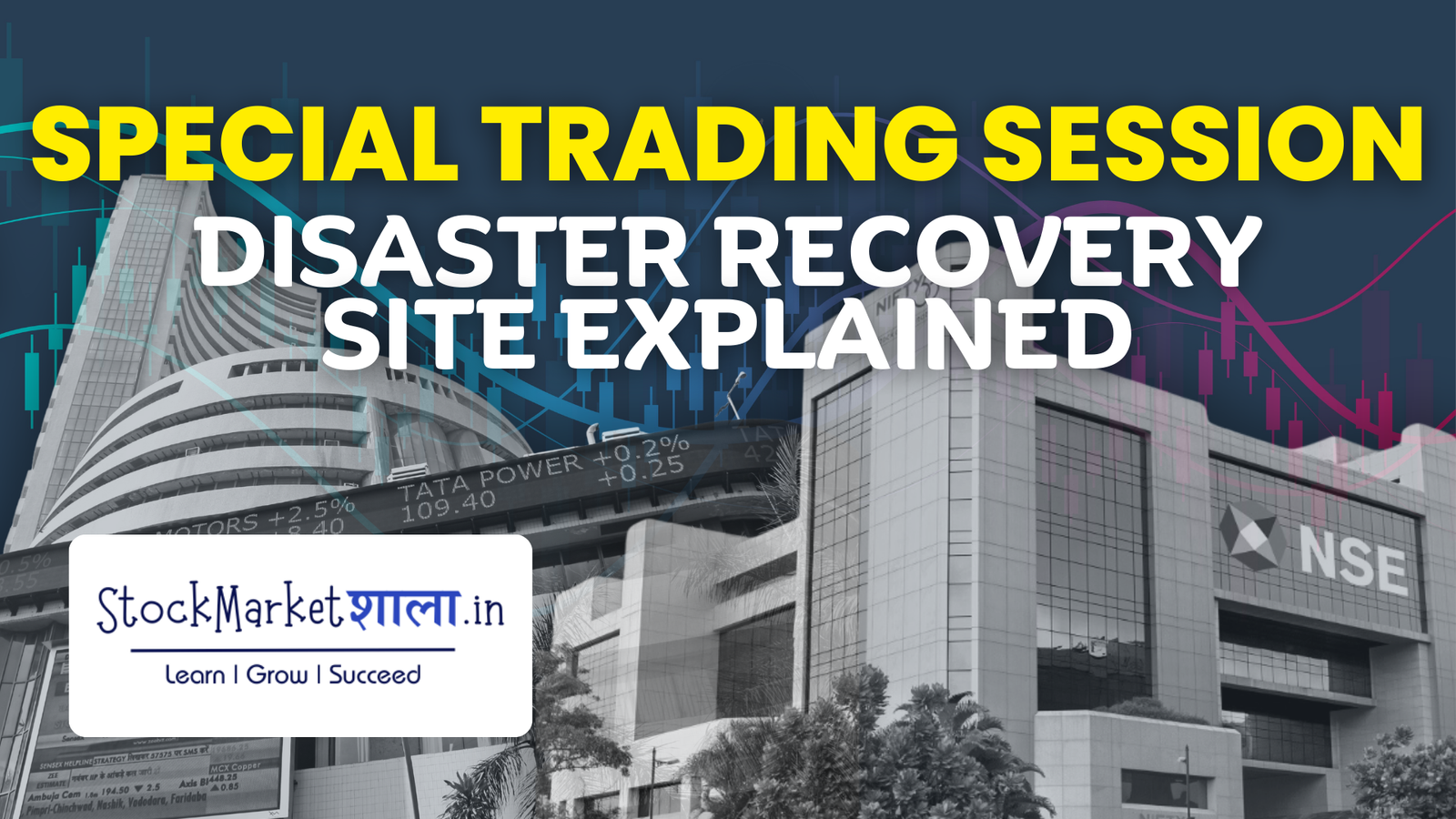In the world of stock markets, the National Stock Exchange (NSE) and the Bombay Stock Exchange (BSE) are two prominent players in India. These exchanges play a crucial role in facilitating the buying and selling of stocks and other financial instruments. However, there are instances when unforeseen events can disrupt the normal functioning of these exchanges. To ensure business continuity, both the NSE and BSE have established disaster recovery sites.
What is a Disaster Recovery Site?
A disaster recovery site, also known as a backup site or a secondary site, is a location where critical operations can be shifted in the event of a disaster or any other disruption at the primary site. It serves as a backup facility that enables organizations to continue their essential functions and services.
In the context of stock exchanges like the NSE and BSE, a disaster recovery site is crucial for ensuring uninterrupted trading activities. These sites are equipped with the necessary infrastructure, hardware, and software to replicate the primary trading environment.
The Importance of Disaster Recovery Sites for Stock Exchanges
The stock market is a highly sensitive and time-critical domain. Any disruption in trading activities can have significant financial implications. Therefore, having a disaster recovery site is essential to mitigate the risks associated with unforeseen events.
In the event of a disaster or any other disruption at the primary site, the NSE and BSE can quickly switch to the disaster recovery site. This ensures that trading activities can resume without any significant downtime. The disaster recovery site is designed to replicate the primary site’s functionality, allowing market participants to continue trading seamlessly.
Special Trading Session
When a disaster recovery site is activated, the stock exchanges conduct a special trading session. This session is held exclusively at the disaster recovery site and is aimed at ensuring that market participants can continue trading despite the disruption at the primary site.
During a special trading session, the trading hours may be adjusted, and certain rules and regulations may be modified to accommodate the unique circumstances. The objective is to provide a smooth and efficient trading experience for investors and traders, despite the challenges posed by the disaster or disruption.
It’s important to note that a special trading session is not a regular trading day. It is a temporary arrangement put in place to manage the situation until the primary site is fully operational again. Once the primary site is restored, trading activities resume as usual, and the disaster recovery site goes back to standby mode.
Conclusion
The NSE and BSE are critical pillars of the Indian stock market. To ensure uninterrupted trading activities, both exchanges have established disaster recovery sites. These sites serve as backup facilities that replicate the primary trading environment. In the event of a disaster or disruption, a special trading session is conducted exclusively at the disaster recovery site. This session allows market participants to continue trading seamlessly until the primary site is fully operational again.
Disaster recovery sites play a vital role in mitigating the risks associated with unforeseen events. By having a robust backup system in place, the NSE and BSE can ensure business continuity and maintain investor confidence. The special trading sessions conducted at these sites demonstrate the exchanges’ commitment to providing a smooth and efficient trading experience, even in challenging circumstances.




